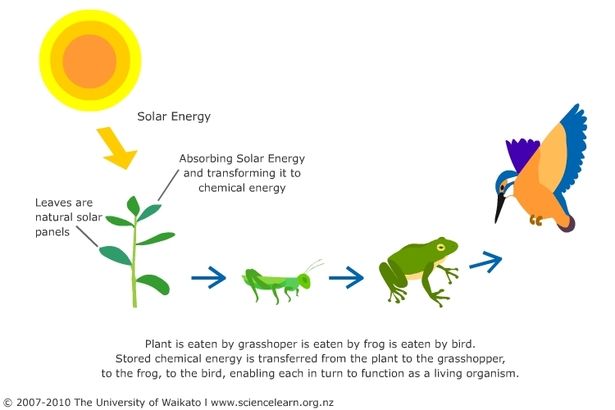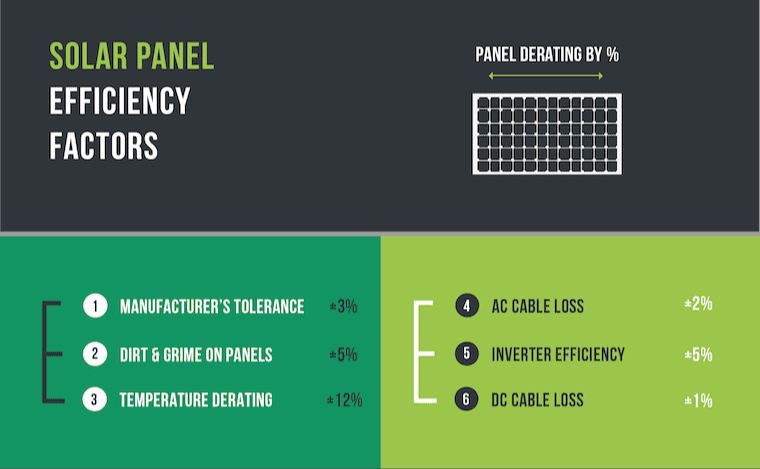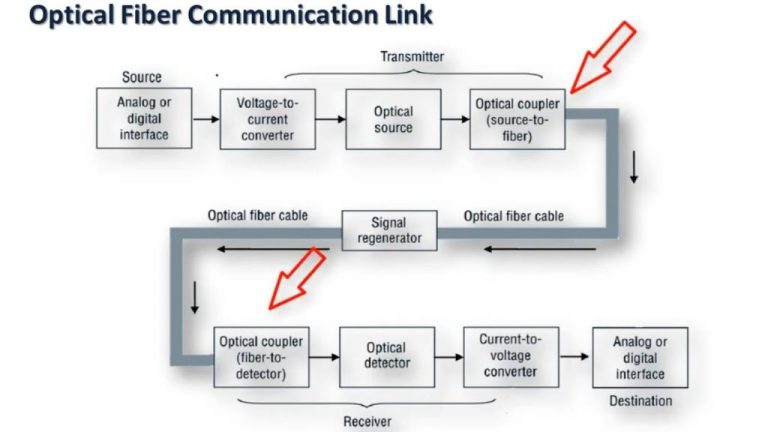What Is The Unit Symbol For Kilowatt?
The kilowatt (kW) is a unit of power that is commonly used to measure electric power. It equals 1,000 watts. Understanding the kilowatt and its unit symbol is important for anyone working in science, engineering, or even for general household electricity usage.
The kilowatt provides a convenient way to express large amounts of power. For example, a typical household toaster may use 1,000 to 1,500 watts of power. Expressing this in kilowatts makes the numbers easier to understand – 1 to 1.5 kilowatts. The kilowatt unit symbol helps differentiate kilowatts from watts.
In this article, we will cover everything you need to know about the kilowatt unit symbol. We’ll look at its definition, history, usage, conversions, misconceptions, and importance.
Definition of Kilowatt
A kilowatt (kW) is a unit of power defined as 1000 watts. The kilo prefix stands for 1000, so a kilowatt is equivalent to 1000 watts. The watt is the standard unit of power and is defined as one joule per second. One joule is the amount of work done when a force of one newton acts over a distance of one meter.
So in summary, a kilowatt is equal to 1000 joules per second or 1000 watts. It is commonly used to quantify the power output of electrical appliances, engines, and power plants. For example, a typical microwave oven has a power rating of around 1 kilowatt.
The kilowatt is related to other common power units like horsepower. One kilowatt is approximately equal to 1.34 horsepower. So a 5 kilowatt electric motor produces roughly the same mechanical power as a 6.7 horsepower gas engine. The kilowatt provides a standard way to compare power ratings across different systems.
History of the Kilowatt
The kilowatt unit has its origins in the early development of electrical power systems in the late 19th century. As engineers began building larger power plants and transmission networks, they needed standardized units to measure and compare electrical power levels.
The term “kilowatt” was coined in 1889 by Irish scientist and engineer John Hopkinson. It was derived from the metric prefix “kilo-” meaning one thousand, combined with the unit watt, which measures power (the rate at which energy is transferred). This created a unit representing one thousand watts of power.
The kilowatt quickly gained adoption and became commonly used by electrical utilities and engineers during the early days of electrification. As more cities built power plants and distribution systems to provide electricity to businesses, factories, and homes, the kilowatt provided a convenient way to discuss capacity and usage across different facilities and regions.
Kilowatt Unit Symbol
The standard symbol used to represent the kilowatt is kW. This symbol follows the International System of Units (SI) convention of using a capital letter to represent units derived from proper names. In this case, the “k” represents “kilo” and the “W” represents “watt”, with “kilo” meaning 1000. So 1 kW represents 1000 watts.
The origins of the “kW” symbol can be traced back to the early 20th century, around the time when the kilowatt started being commonly used in electrical engineering and the power industry. Some of the earliest known uses of “kW” appear in engineering books and journals from the 1910s and 1920s.
When writing the symbol, it is important to leave a space between the number value and the unit symbol. For example, one would write “1000 kW” not “1000kW”. The “kW” should also be written in upright text, not italics. Proper formatting is important to clearly distinguish the unit symbol from the value it is describing.
Usage in Science and Engineering
The kilowatt is an important unit of power that is frequently used in physics formulas and electrical engineering applications. Its inclusion in various laws and equations related to energy, work, and electricity make it a staple of scientific calculations and analysis.
In physics, the kilowatt features prominently in power calculations using Watt’s Law. This mathematical formula defines power (P) as being equal to voltage (V) multiplied by current (I). With power measured in watts, the kilowatt allows for convenient expression of large power values for electrical and mechanical systems.
For electrical engineers, the kilowatt is the standard unit used to measure the amount of real power consumed in an electrical circuit. When designing systems like generators, motors, or transformers, kilowatts are used to rate and size the components. The kilowatt-hour is also important for calculating energy use over time for electrical utility customers.
Overall, the kilowatt bridges the gap between the small-scale watt and the large-scale megawatt or gigawatt. Its wide use in science and engineering formulas underscores its importance as a standard power unit for quantitative analysis across many technical fields.
Usage in Everyday Life
In everyday life, kilowatts are commonly used to measure electricity usage and appliance power consumption.
Electricity usage is generally measured and billed in kilowatt-hours (kWh). A kilowatt-hour represents the amount of energy consumed by a 1 kilowatt appliance running for 1 hour. For example, if you use a 1,500 watt hair dryer for 20 minutes, you will consume 0.5 kilowatt-hours of electricity (1.5 kW x 0.33 hours).
The power consumption of home appliances and electronics is also rated in kilowatts. Appliance power ratings are helpful for estimating electricity costs. For instance, an electric oven may be rated at 2.5 kW, meaning it consumes 2.5 kilowatts when operating. Knowing this power rating allows you to calculate how many kilowatt-hours the oven uses during baking.
Overall, kilowatts and kilowatt-hours help consumers understand home energy use for various appliances and activities. Electric utilities utilize them for billing, while consumers can leverage them to estimate costs and savings opportunities.
Kilowatt Conversions
Kilowatts can be converted to other units of power such as watts or horsepower using simple conversion factors.
To convert kilowatts to watts, multiply the kilowatts value by 1000. For example:
- 1 kW = 1000 W
- 5 kW = 5000 W
To convert kilowatts to horsepower, multiply the kilowatts value by 1.34102. For example:
- 1 kW = 1.34102 hp
- 3 kW = 3 × 1.34102 = 4.02306 hp
Kilowatt-hours can be converted to joules, a unit of energy, by multiplying by 3600000. For example:
- 1 kWh = 3600000 J
- 5 kWh = 5 × 3600000 = 18000000 J
These conversions allow the power or energy values in kilowatts to be expressed in other common units as needed.
Common Kilowatt Misconceptions
There are a few common misconceptions surrounding the kilowatt that are important to clarify:
Kilowatt Measures Power, Not Energy
One of the most common mistakes is thinking that the kilowatt measures energy. However, the kilowatt specifically refers to power, which is the rate at which energy is transferred or converted. For example, a lightbulb with a power rating of 60 watts (0.06 kilowatts) does not contain 0.06 kilowatts of energy. Rather, it transfers energy at a rate of 0.06 kilowatts.
Kilowatt vs. Kilowatt-hour
Another source of confusion is the difference between kilowatts (kW) and kilowatt-hours (kWh). The kilowatt measures power, whereas the kilowatt-hour measures energy. A kilowatt-hour is the amount of energy transferred in one hour at a constant rate of 1 kilowatt. For example, a 60-watt lightbulb operated for 1 hour consumes 0.06 kWh of electricity (60 watts x 1 hour ÷ 1000 watts/kilowatt = 0.06 kWh).
Understanding the distinction between power (kilowatts) and energy (kilowatt-hours) is essential when discussing electricity usage and billing.
Importance of the Kilowatt
The kilowatt is an important standard unit of power that allows precise measurement and comparison of electrical energy generation and consumption. By providing a standard base unit, the kilowatt facilitates technical discussions and calculations in electrical engineering, power systems analysis, and related fields.
The wide adoption of the kilowatt unit enables standardized and consistent electrical power measurements across contexts. Scientists, engineers, policy makers, and consumers can all understand power quantities expressed in kilowatts, even if they are working in different countries or sectors. This common framework makes communication and coordination much easier for technical and non-technical audiences alike.
In the electricity sector, the kilowatt provides a way to measure both the capacity of generation equipment and actual power output over time. For example, a 1 megawatt wind turbine has a 1,000 kilowatt rated capacity. Or over the course of a day, a home might consume 20 kilowatt-hours of electrical energy. These standardized measures allow precise tracking, forecasting, billing, and infrastructure planning.
By equipping technicians, businesses, and other stakeholders with a consistent power unit, the kilowatt enables informed decision making and systems optimization. Overall, the widespread adoption of the kilowatt unit plays a key role in advancing electrical engineering, power infrastructure, and clean energy solutions worldwide.
Conclusion
In summary, the kilowatt is an important unit of power that is widely used in science, engineering, and everyday life. The standard symbol for the kilowatt is kW, which indicates 1,000 watts of power. We’ve covered the key points about the history of the kilowatt, how it’s defined, its usage in various contexts, conversions to other units, and common misconceptions. It’s clear that the kilowatt and its standard symbol kW play an indispensable role across many fields and applications worldwide. As we wrap up this overview, it’s worth recapping that kW stands for kilowatt, representing 1,000 watts of power.





